The Kingdom of Saudi Arabia has mountains, beaches, coral reefs, grasslands, forests, all in addition to the largest sand sea in the world. Its human history can be traced back more than 7,000 years.
Its land area is larger than some might imagine — Saudi Arabia is approximately the combined size of France, Spain, Germany, Italy, United Kingdom (twice), Greece, and Portugal. More than three times larger than the state of Texas, it is roughly equal in size to all the states east of the Mississippi River.
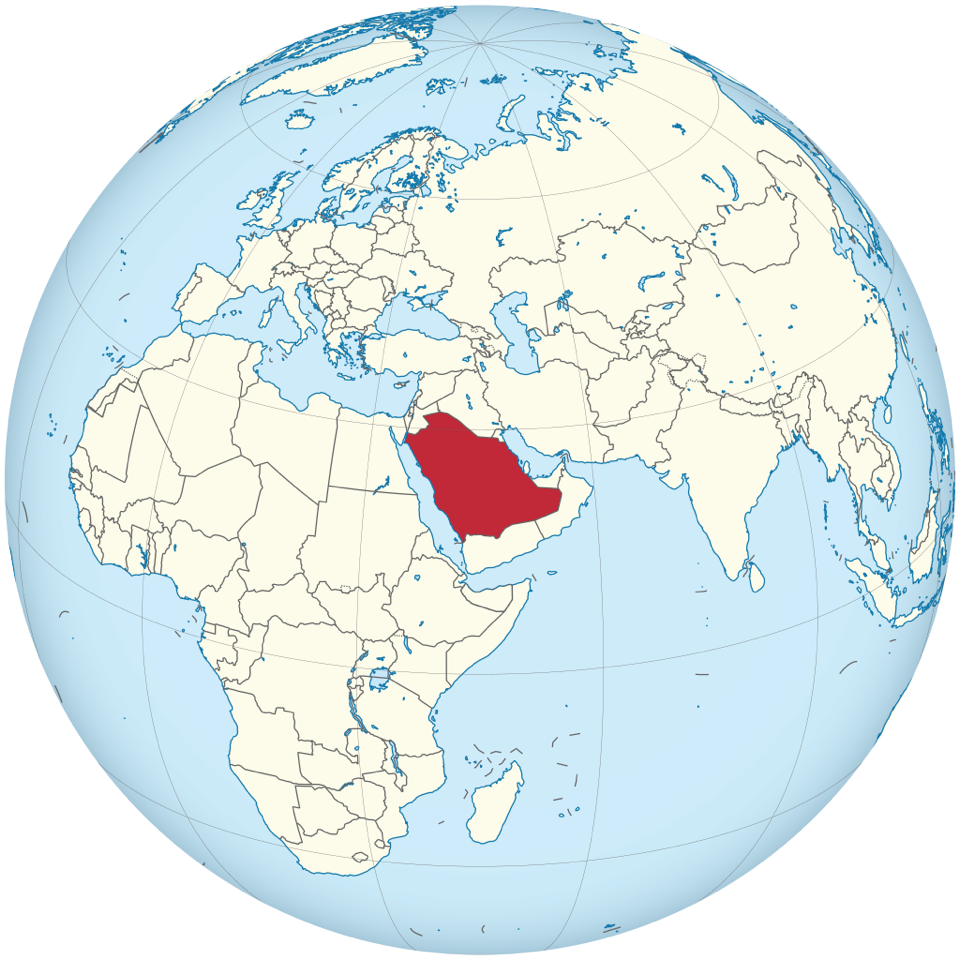
The area of modern-day Saudi Arabia formerly consisted of four distinct historical regions: Hejaz, Najd, Alhasa, and Asir. The Asir Mountain Range runs north and south parallel to the Red Sea on the southwestern coast of Saudi Arabia. Asir means ‘difficult’ in Arabic, reflecting the challenge involved in crossing the area’s mountains.
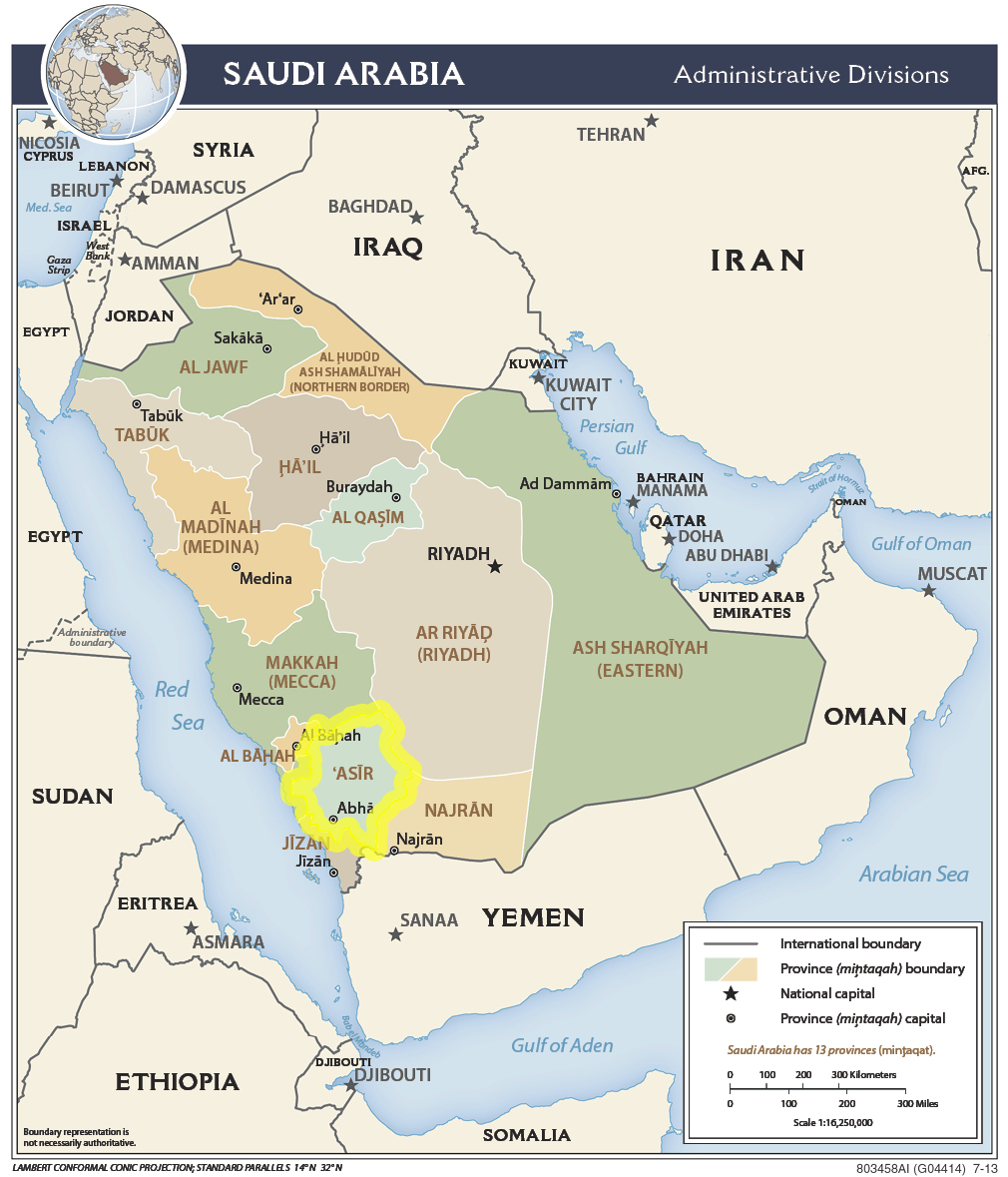
Asir has a short border with Yemen and a coastline on the Red Sea. It is the fourth largest region in Saudi Arabia and encompasses four thousand villages. There are more than 2.2 million residents. The Asir Region is the size of Austria and has the highest average rainfall in Saudi Arabia.
When I was the Executive Vice President at the Huntsman Cancer Foundation, I traveled to Saudi Arabia several times.
In 2019, the Kingdom opened its doors and actively started encouraging tourism as part of its Vision 2030 strategic initiative. Increasing numbers of visitors are now discovering that Saudi Arabia is unexpectedly diverse. I couldn’t wait to return.
I had the opportunity to spend time exploring Saudi Arabia with the purpose of photographing and writing about my experiences. Tourism and travel help to bridge people, time, and cultures, leading to deeper understanding. I had the privilege of visiting Riyadh, AlUla, Madain Saleh, Tabuk, NEOM, Jeddah, Taif, Jubbah, Hail, Al Khobar, Dammam, Al-Ahsa, and Abha in the Asir Region.
[su_lightbox type=”image” src=”https://ncusar.org/wp-content/uploads/2025/02/ksa-cities-abha-highlighted-1920×1080-2.jpg”] [/su_lightbox]
[/su_lightbox]
The enrichment in visiting different regions and landmarks was enhanced by meeting many extraordinary people along the way. While the stunning landscapes, sweeping vistas, pristine beaches, and fascinating history bring the mind wonder, connecting with new friends and seeing the strong sense of community in the Kingdom feeds one’s heart and soul.
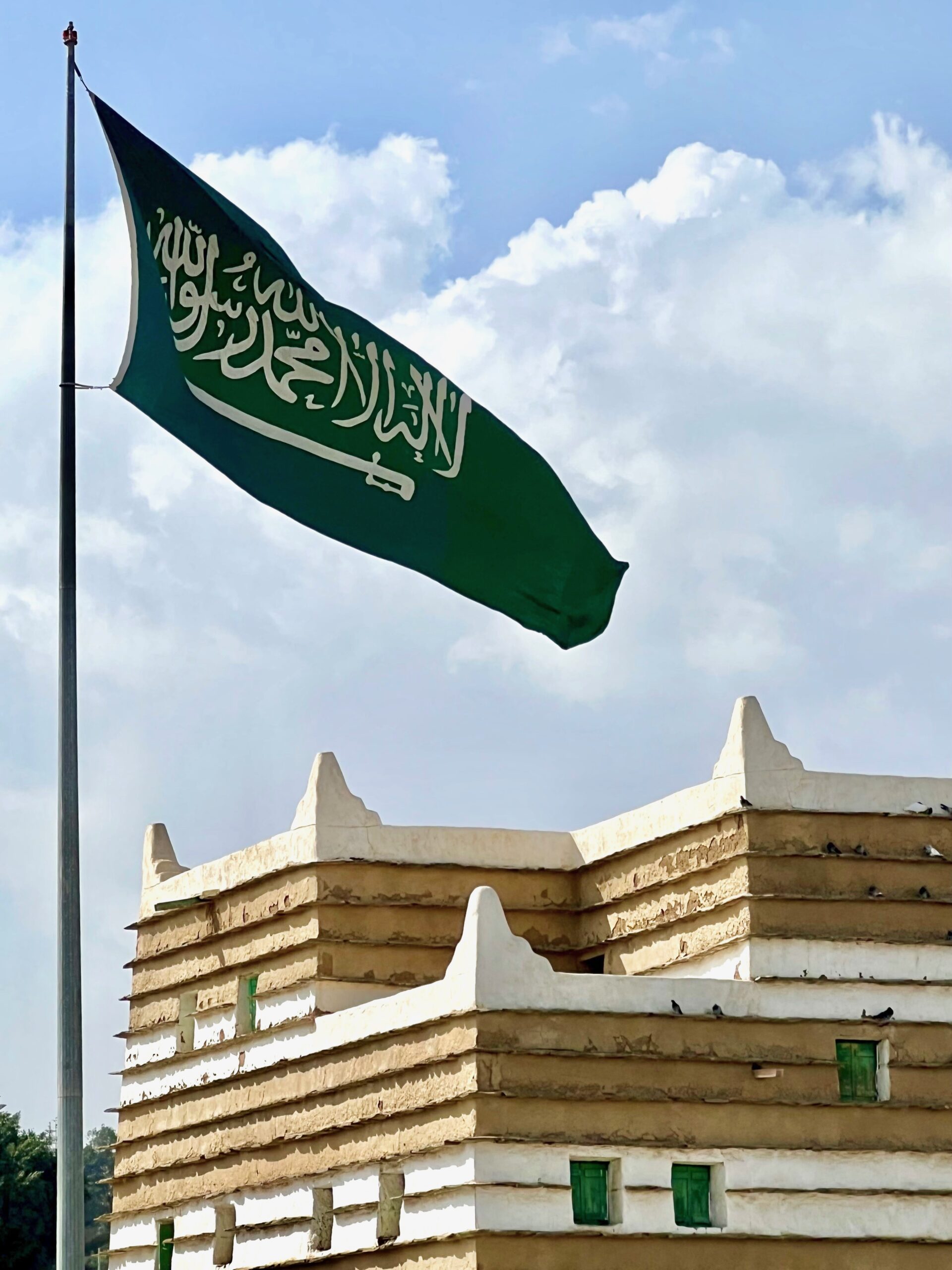
This is the story of meeting Maha, visiting one of Saudi Arabia’s prominent public universities, and attending a celebration of sport and community.


When Maha Al-Talidi was 18 months old, she was struck by shrapnel from a Houthi-fired projectile near the border of Yemen in Saudi Arabia. Maha lost her sight in her left eye.
Maha was sitting in her father’s lap on their way to a nearby market when the shell hit their vehicle, causing a shard to injure Maha’s left eye.
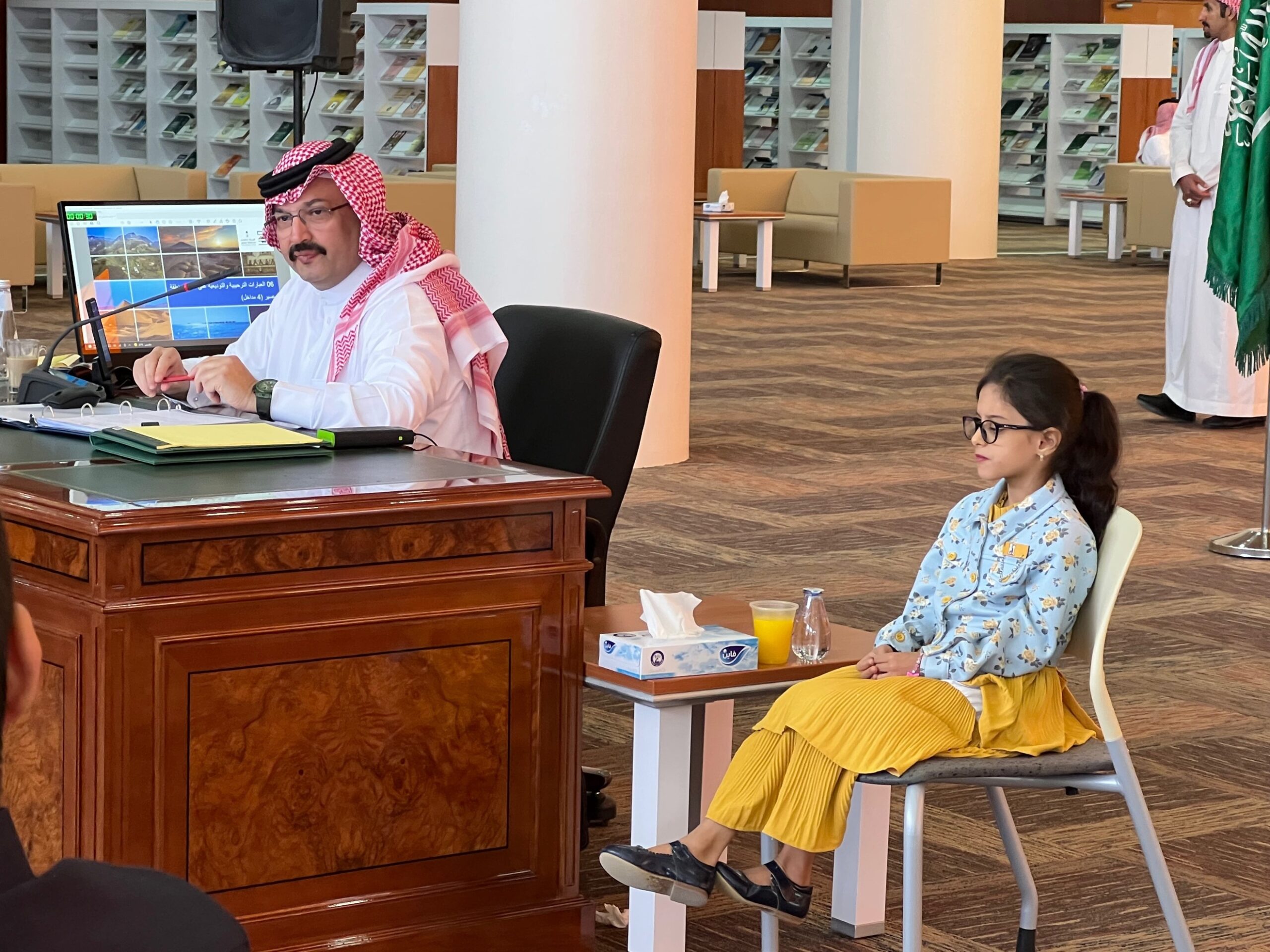
When HRH Prince Turki Bin Talal Al Saud, governor of the Asir Region, visited the southern border, he met Maha and her father, Mohammed. Prince Turki arranged medical treatment for her in Riyadh and traveled there with her and her father to follow up with her doctors.
Prince Turki reported that “Maha Al-Talidi is from the prestigious Al-Talid tribe, belonging to the Arab Khawlan tribes, and she was unjustly injured by the hand of the oppressive Houthi in her village of Al-Rabouah in the south of the Kingdom. She is on her way to recovery and she attends every meeting in the region related to her future.”
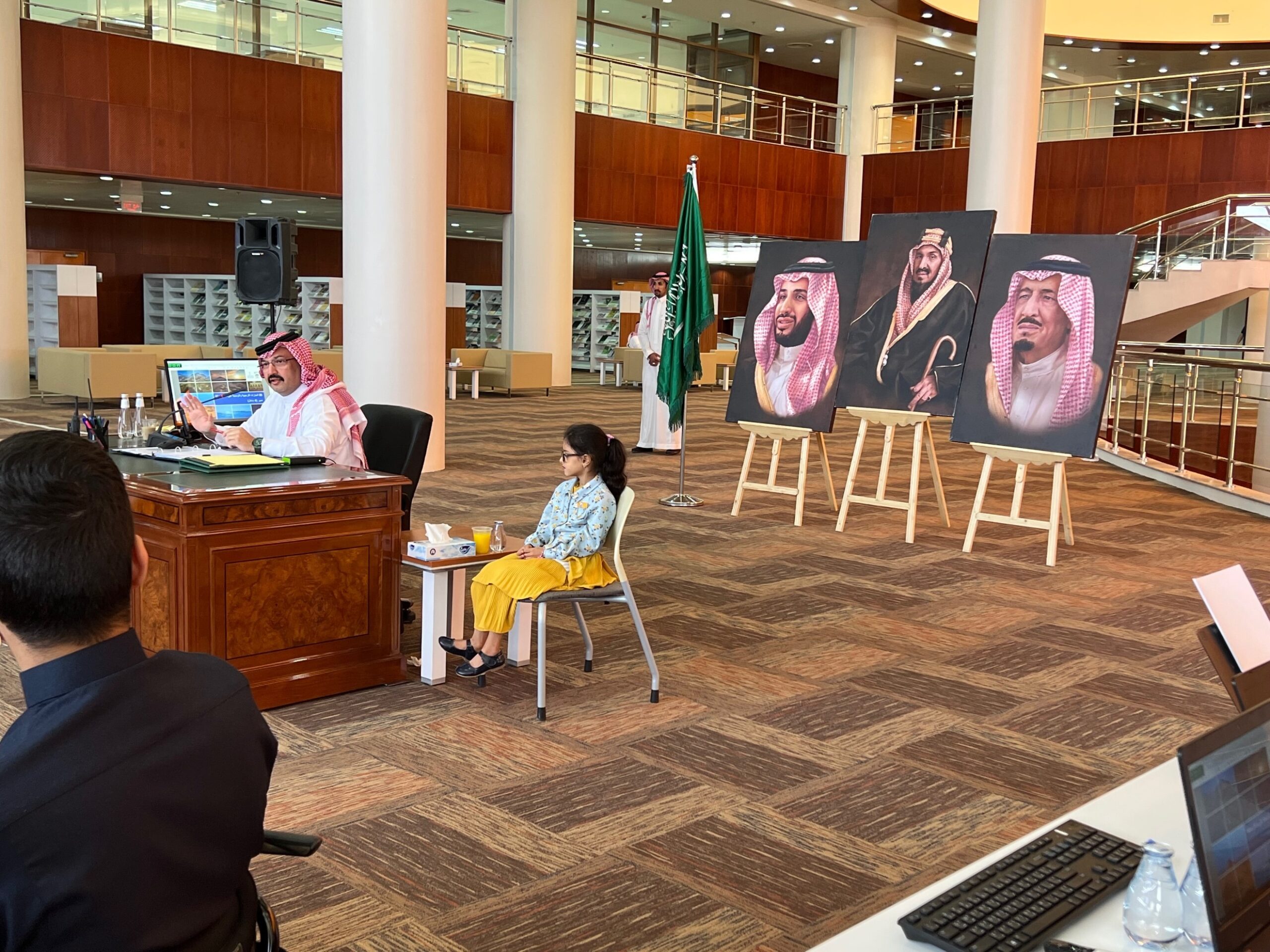

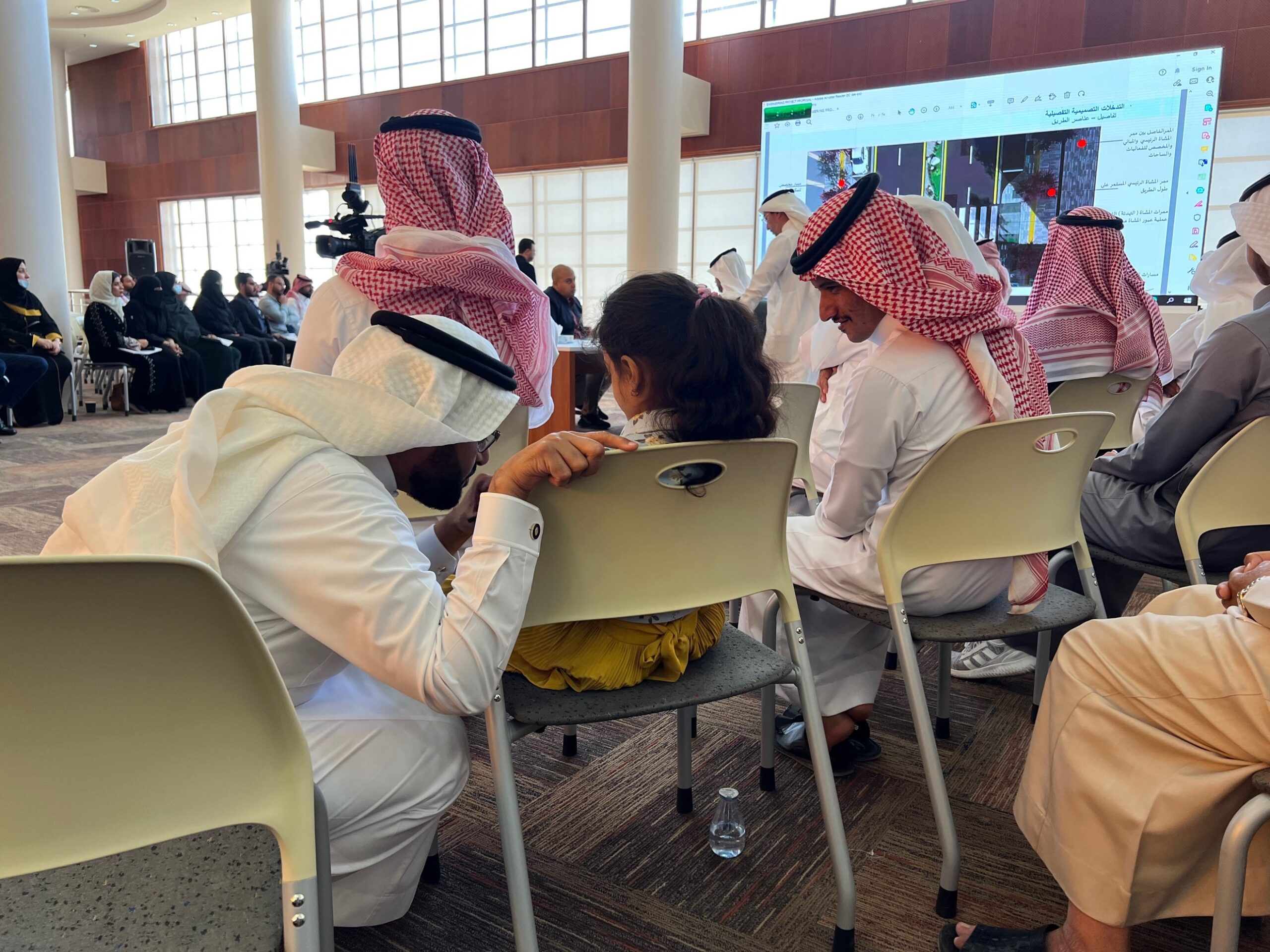
The Houthi projectile fell close to us, smashing my car and injuring my daughter’s eye, causing her to lose her sight. She was in my arms, and at that time she was only a year and a half old.
Mohammed Al-Talidi
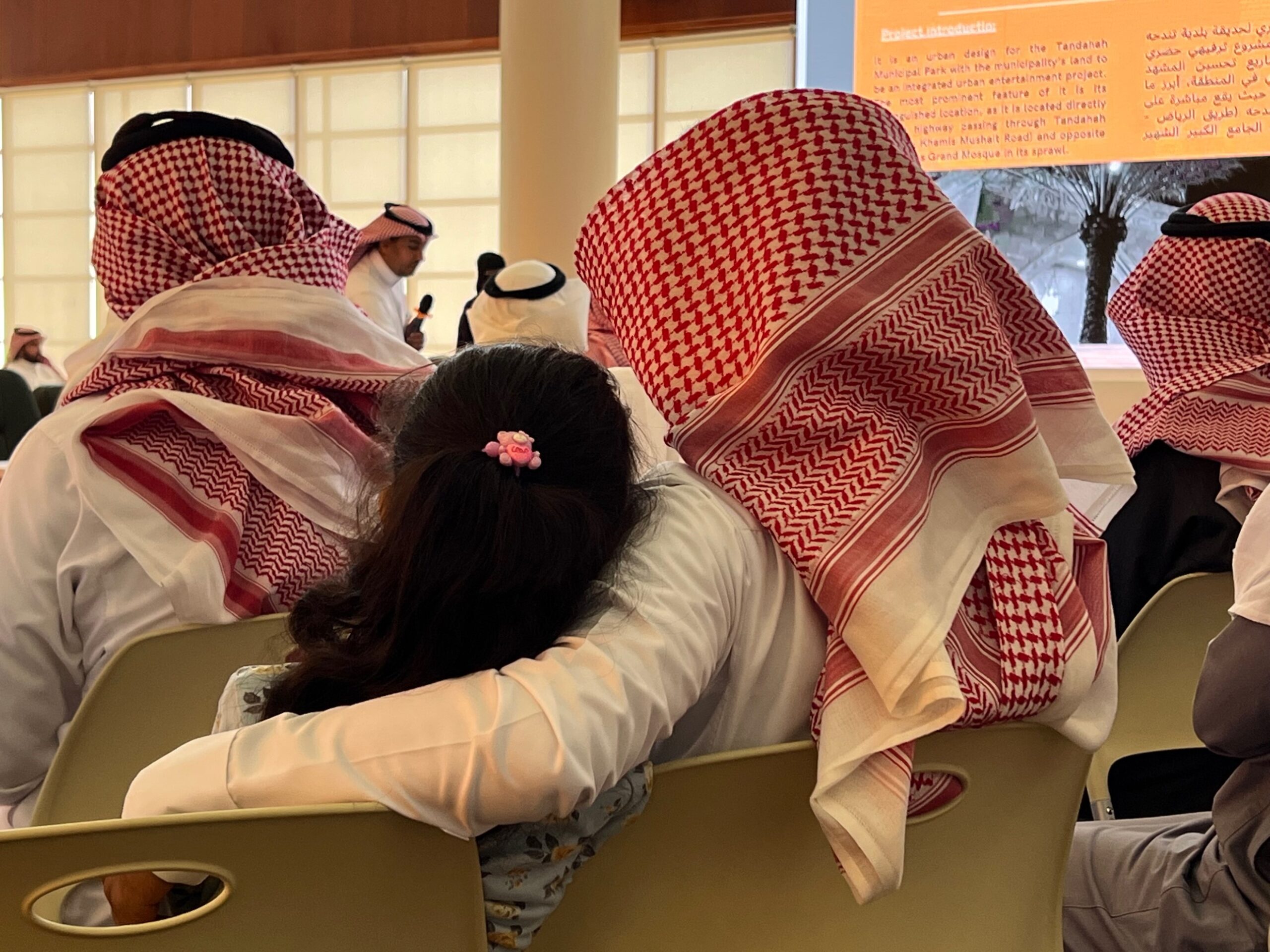
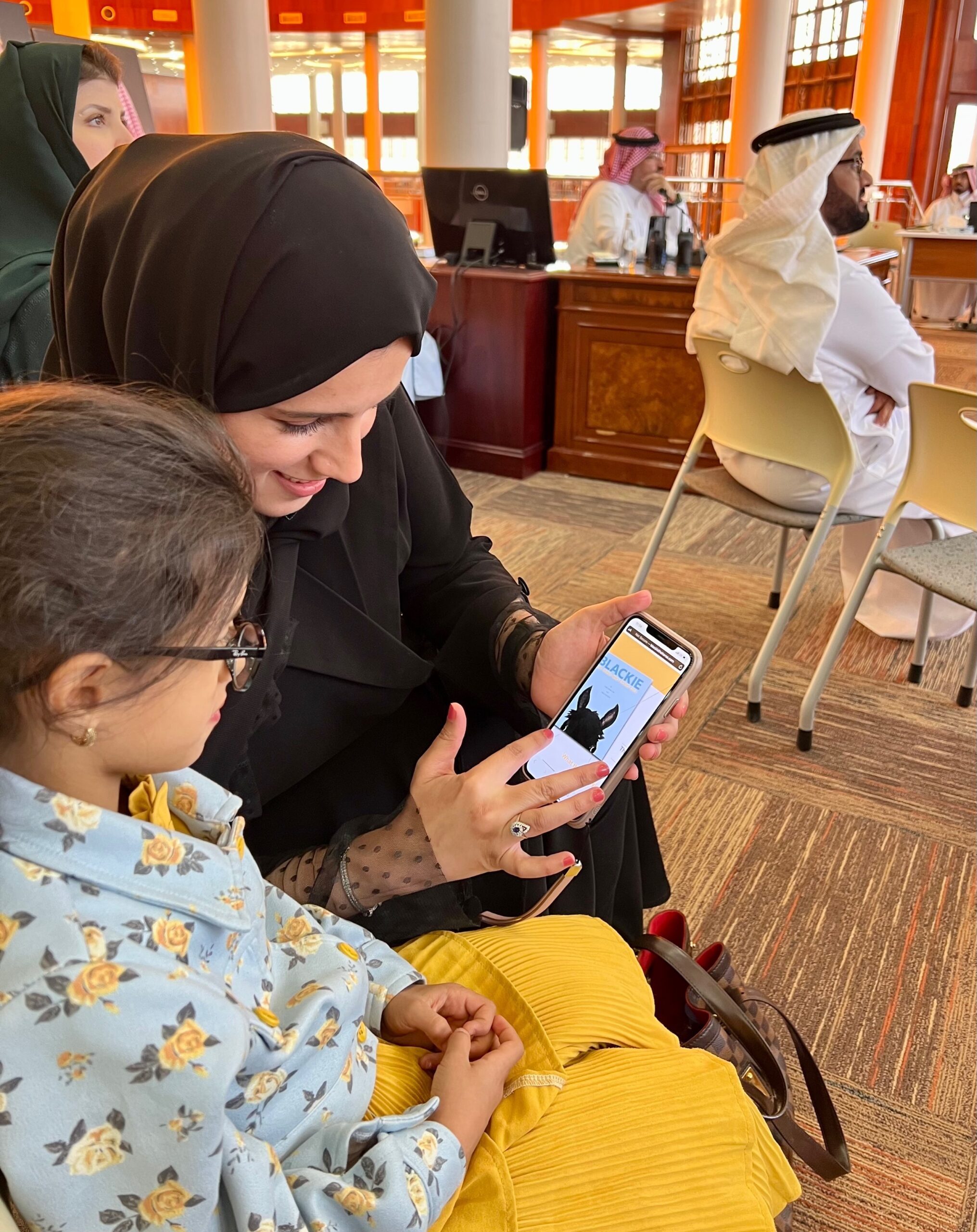
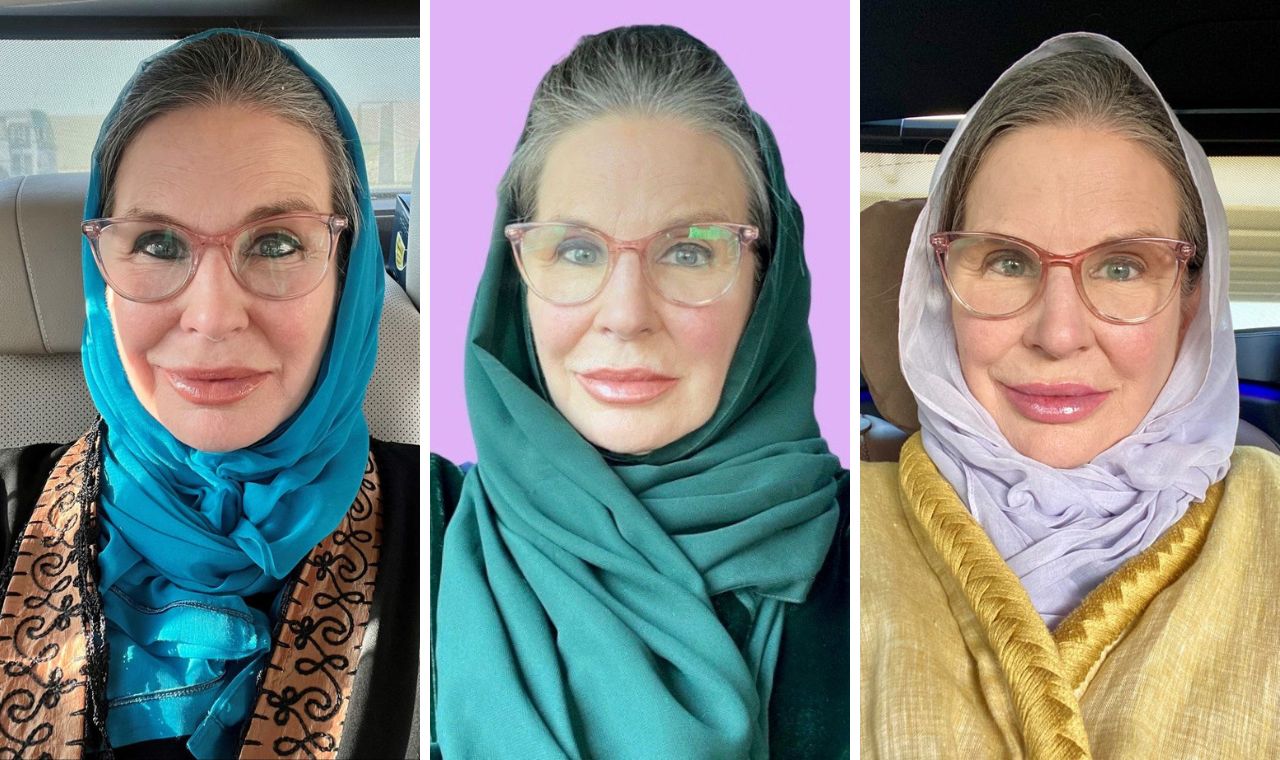
The hijab (head scarf) and abaya (long robe with long sleeves) represent an expression of modesty and morals.
Often, I take my scarf off. It is not required. Nor is my abaya. I love the way the billowing abaya flows behind me as I walk. It feels theatrical and romantic. With a hijab I never have a bad hair day; it covers my neck and frames my face.
I have worn all black several times out of respect for this culture but as you can see I mostly wear colorful hijabs and abayas.
At home in New York City, I enjoy wearing abayas to black tie events. I am often asked who the designer is and where they can purchase one.
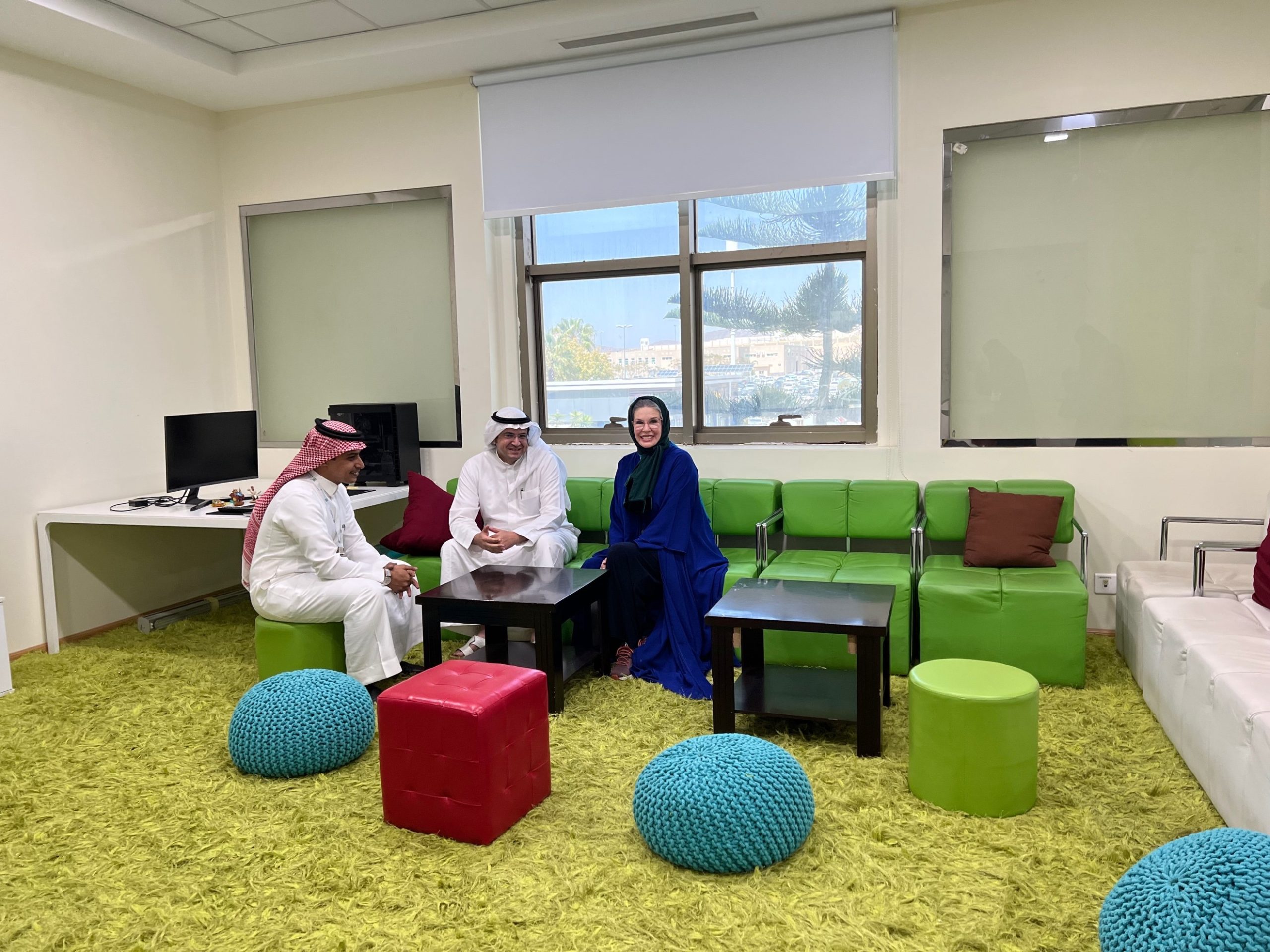
I had the privilege of visiting King Khalid University during my time in Asir. The public university is an important driver of regional development and, accordingly, has a role in Saudi Arabia’s Vision 2030 plan.

The lime green color gracing the interior rooms at King Khalid University were stimulating and contributed to the campus’s joyful, upbeat environment.

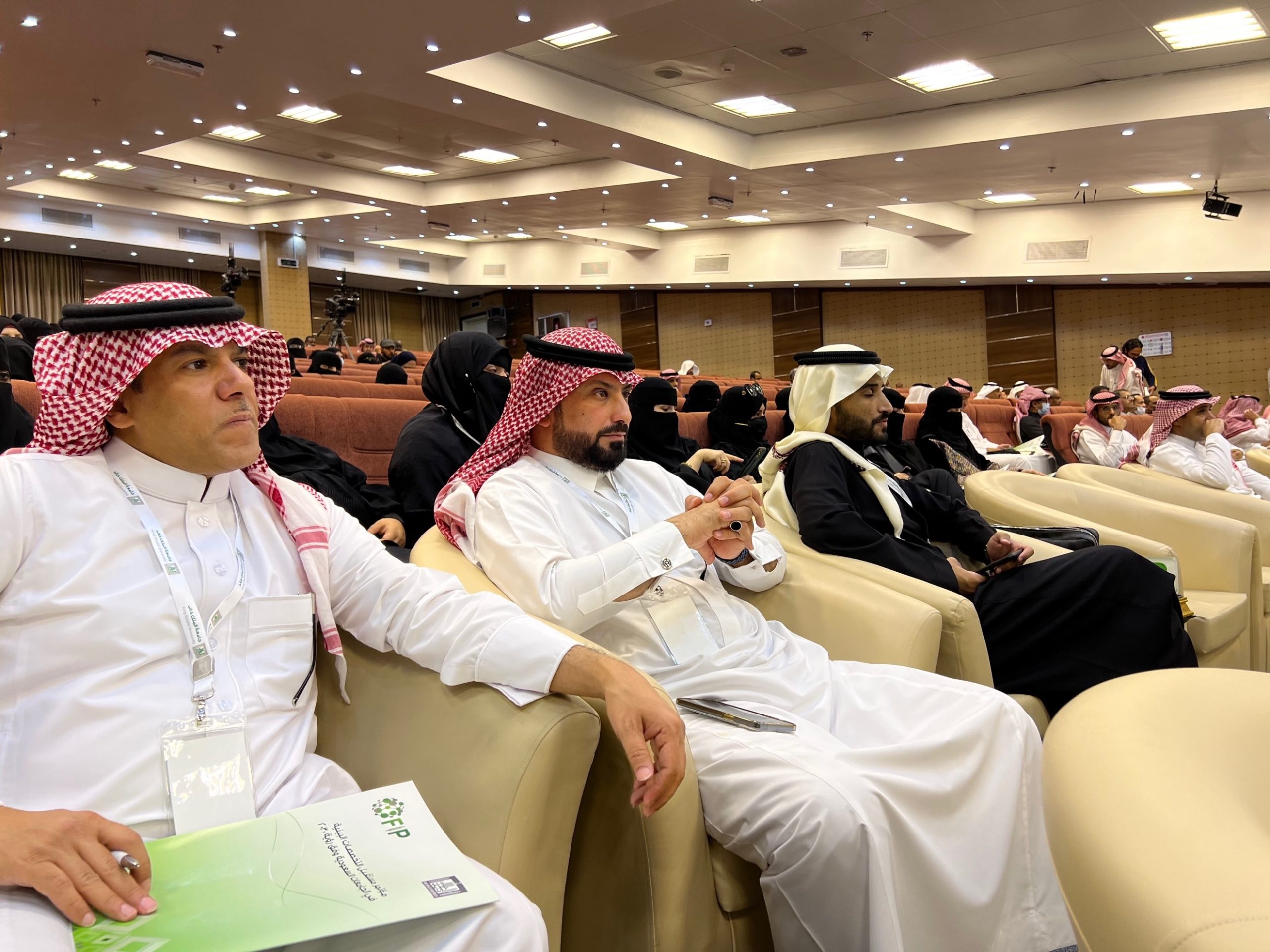
I sat in on a lecture about the future of interdisciplinary programs in higher education, and the importance of fostering innovation and problem-solving to prepare students for the complex challenges in the modern world.
As a special treat, I had the opportunity to visit King Khalid University’s new campus, which was under construction.
On our way there, we came upon some baboons on the side of the road.
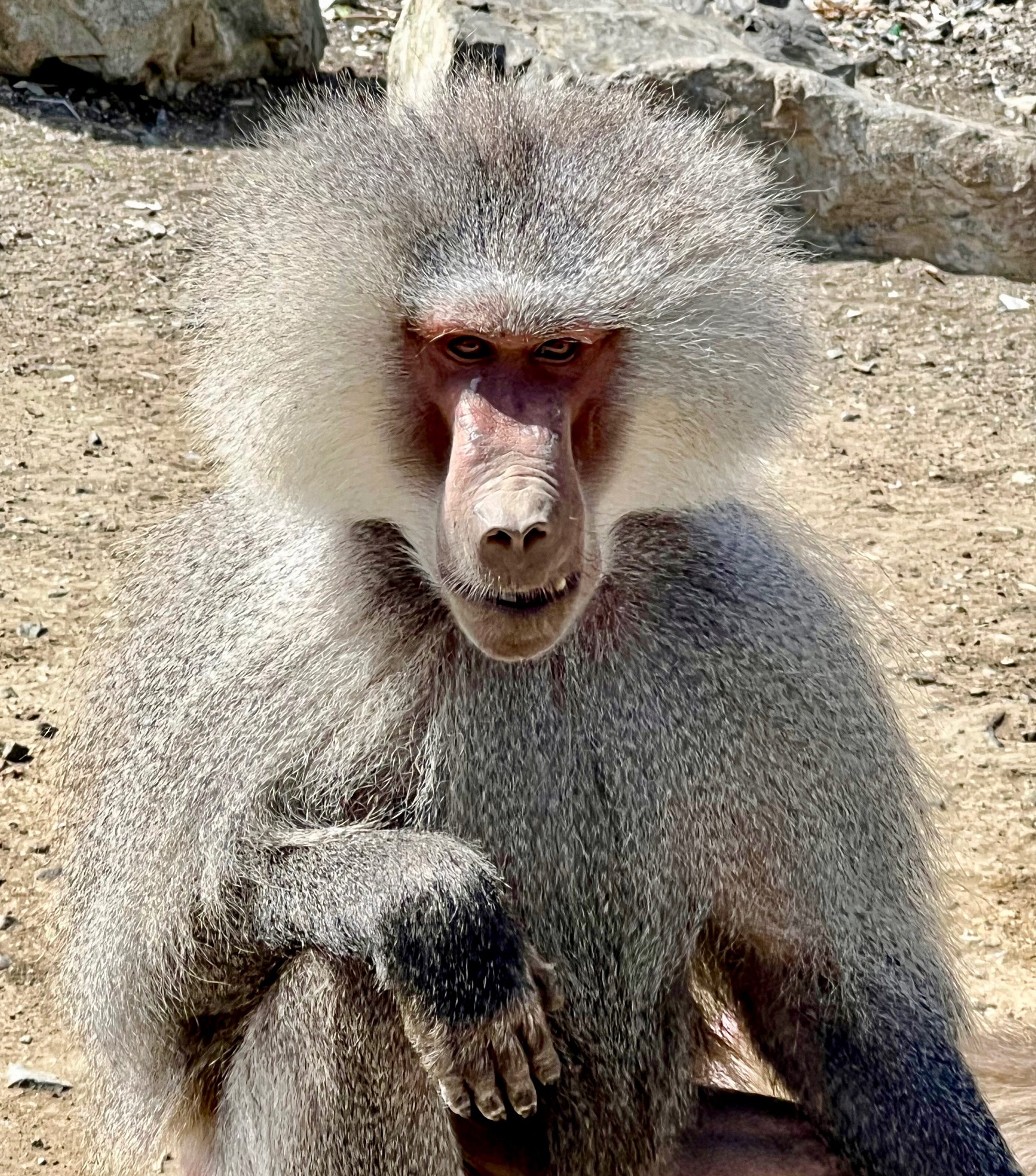
Hamadryas Baboons, Saudi Arabia’s only baboon species, are a common sight in the mountains in Asir.
Some say they are dangerous and wild. Others bring them fresh fruits every day. They were considered sacred animals by the ancient Egyptians.
Socially sophisticated with complex family systems, they are currently overpopulated because their primary natural predators, Arabian Leopards, are nearly extinct.
I am a board member of Catmosphere.org with HRH Princess Reema Bint Bandar Al Saud. One of my goals is to support this organization that reintroduces cats into their native environments—resetting the ecological balance.
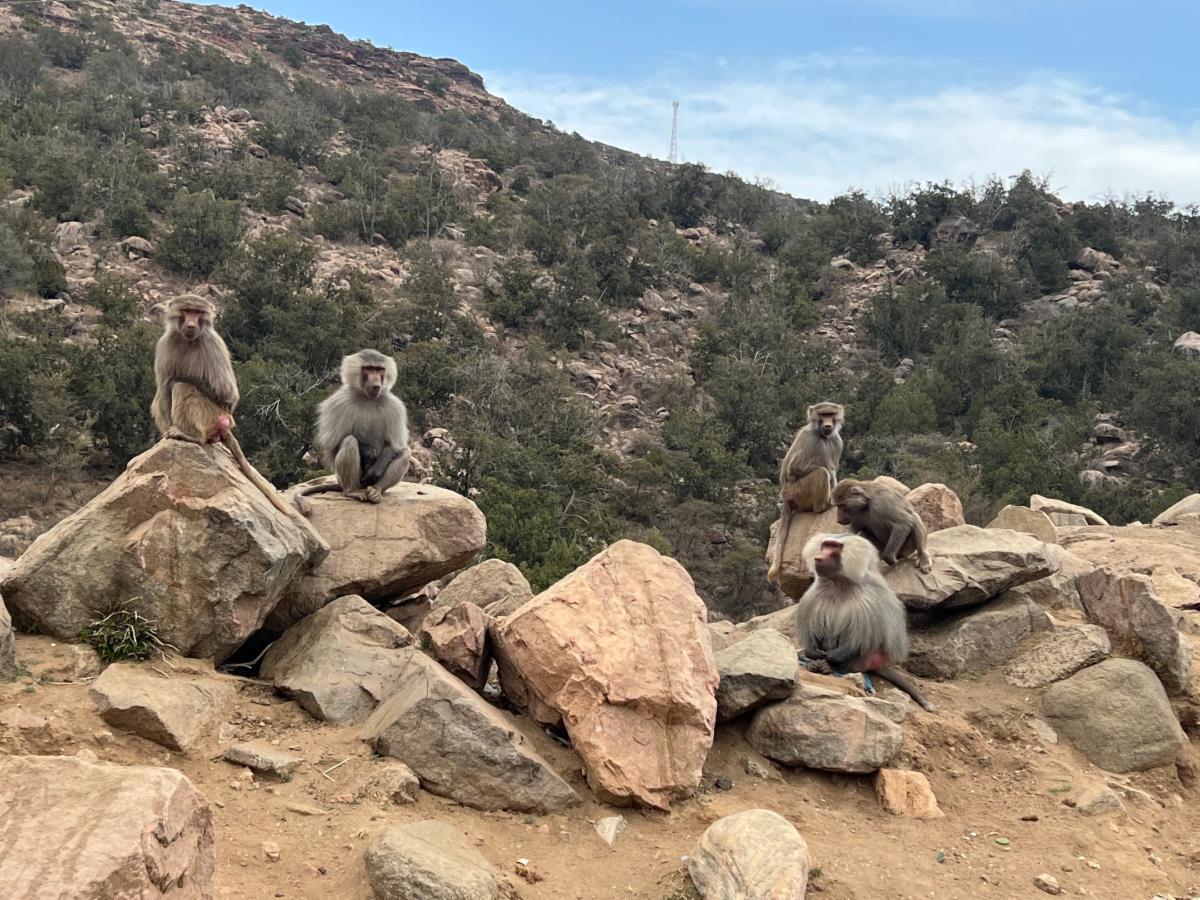
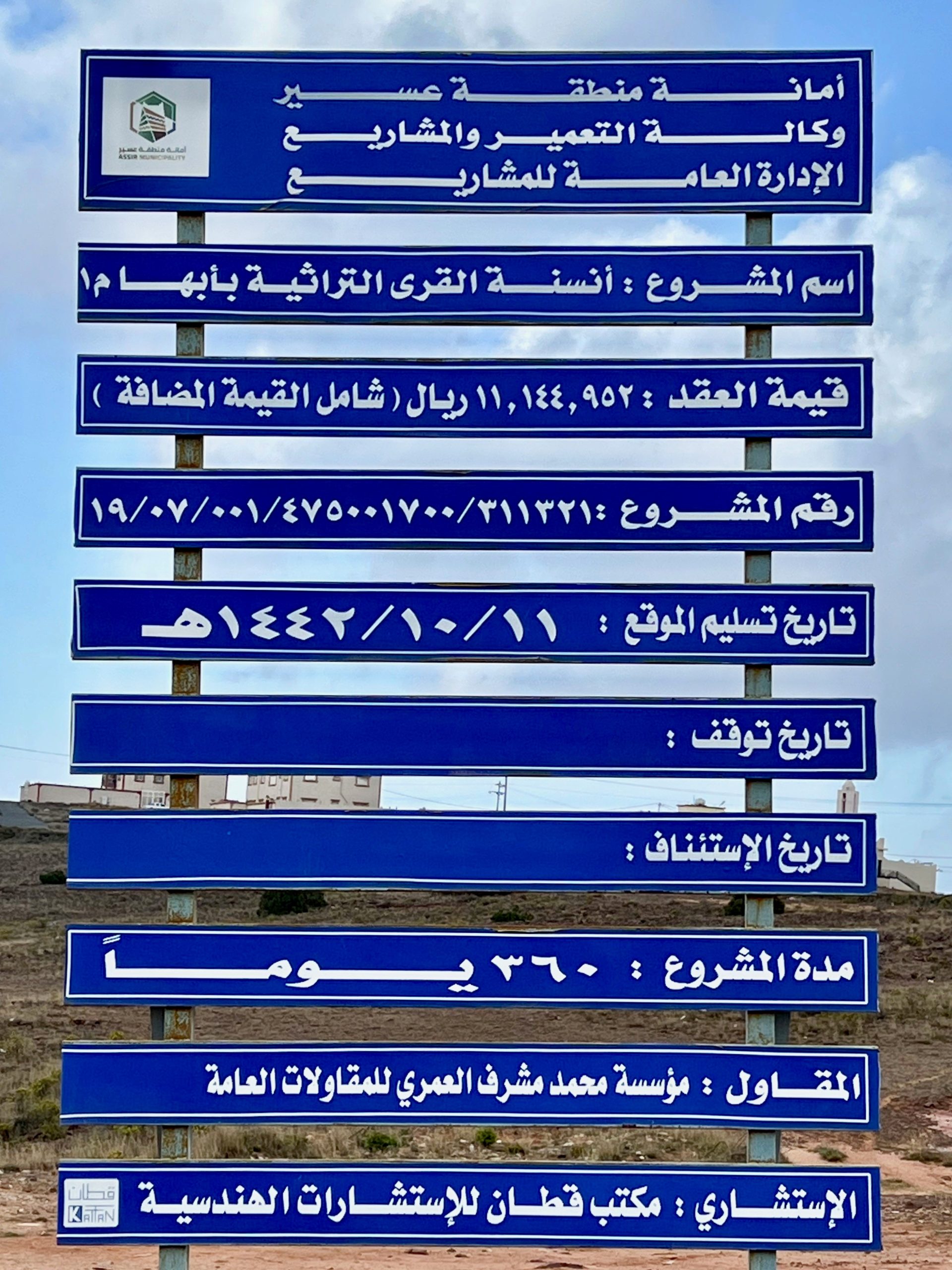
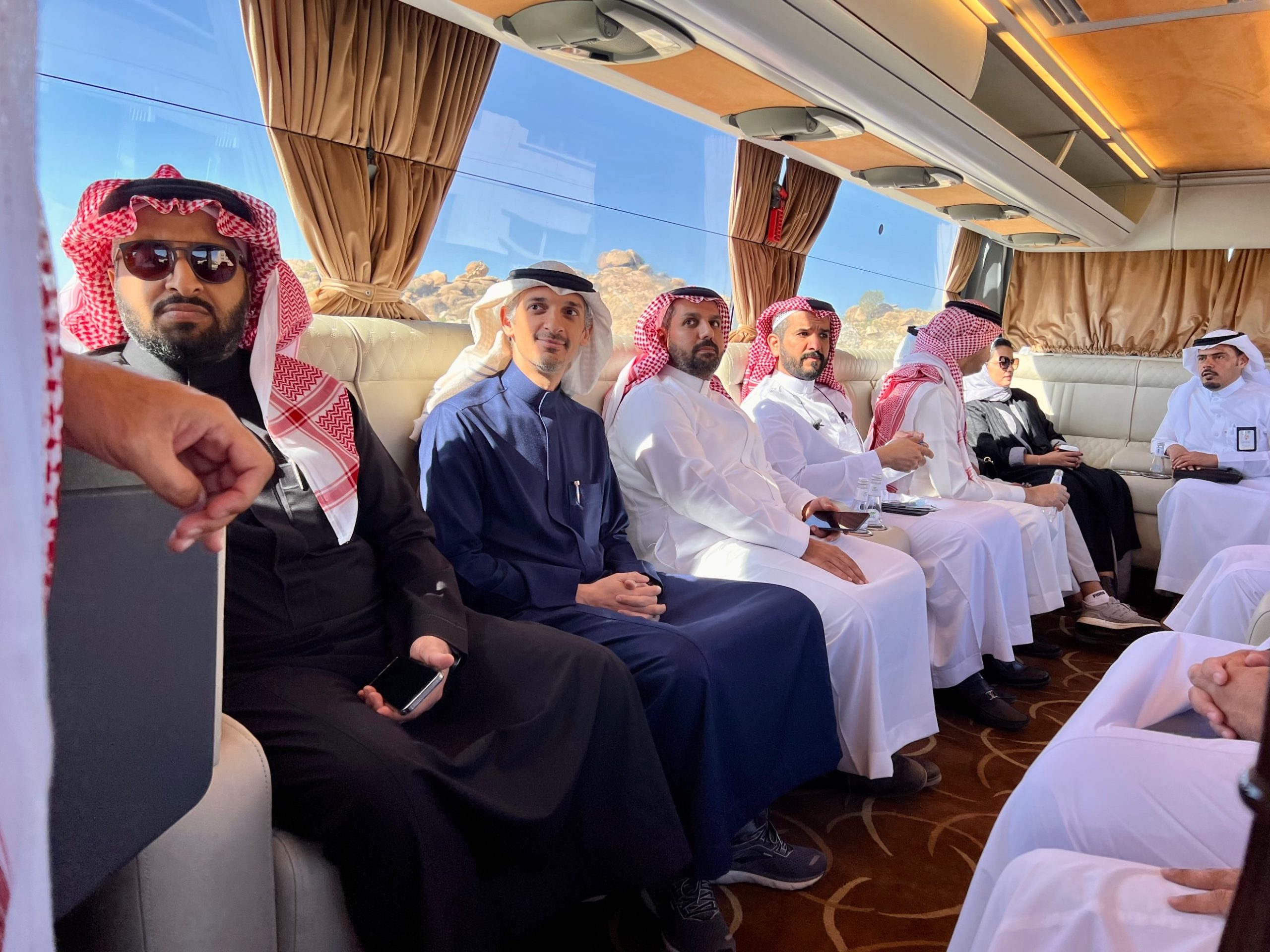
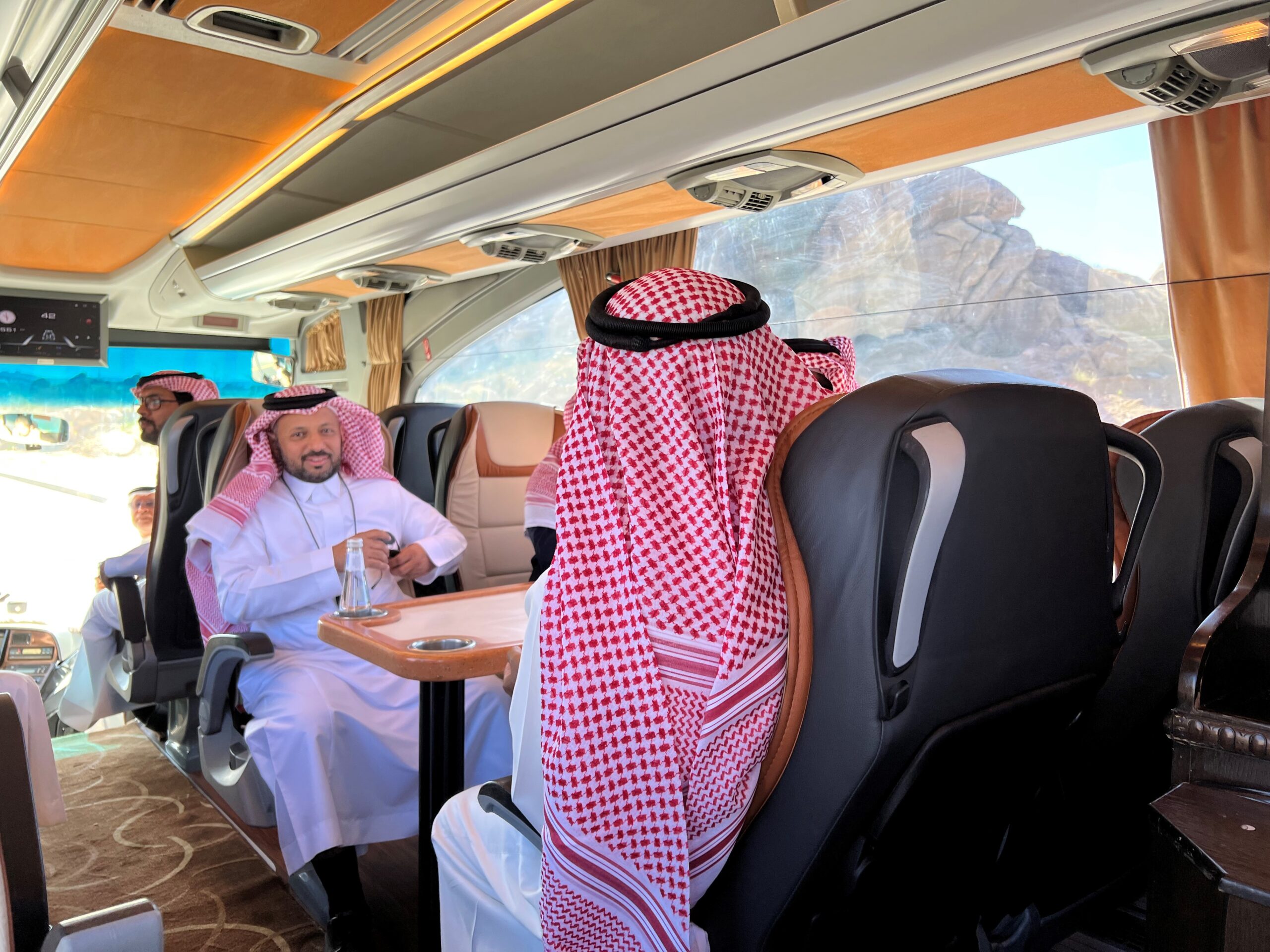

King Khalid University is a public state school serving over 60,000 male and female students. It constructed its newest university campus in Al-Faraa, within a national park, in an effort to promote a connection with nature and deepen the academic experience.
Investment in the new university city has helped to align the strategic goals of the prestigious school with Saudi Arabia’s Vision 2030 development program, and included the development of new partnerships and global initiatives. The development of new business centers, academic programs, partnerships, entrepreneurial incubators, and data centers, position the university to drive innovation and economic development in Asir and elsewhere in the Kingdom.
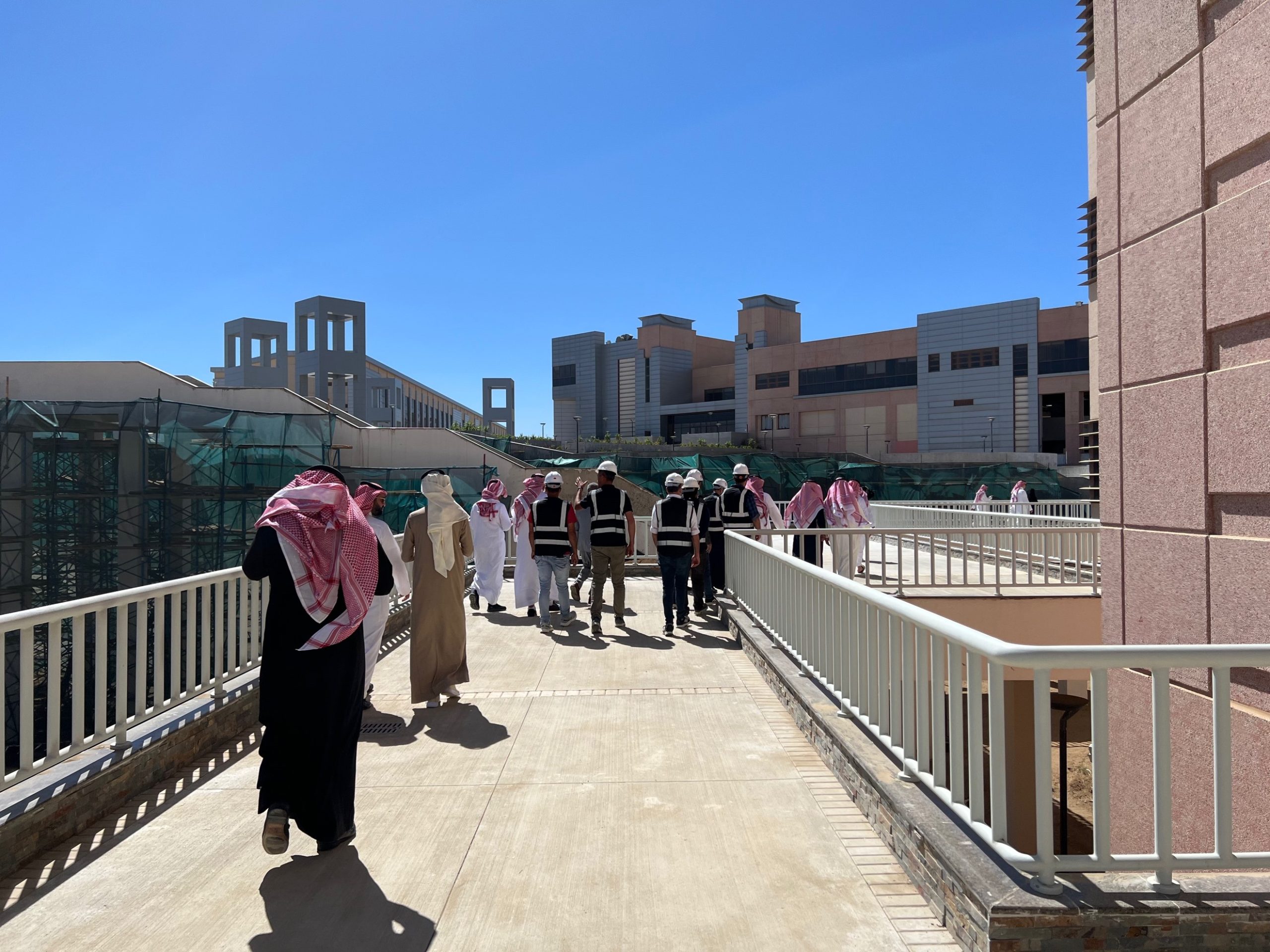
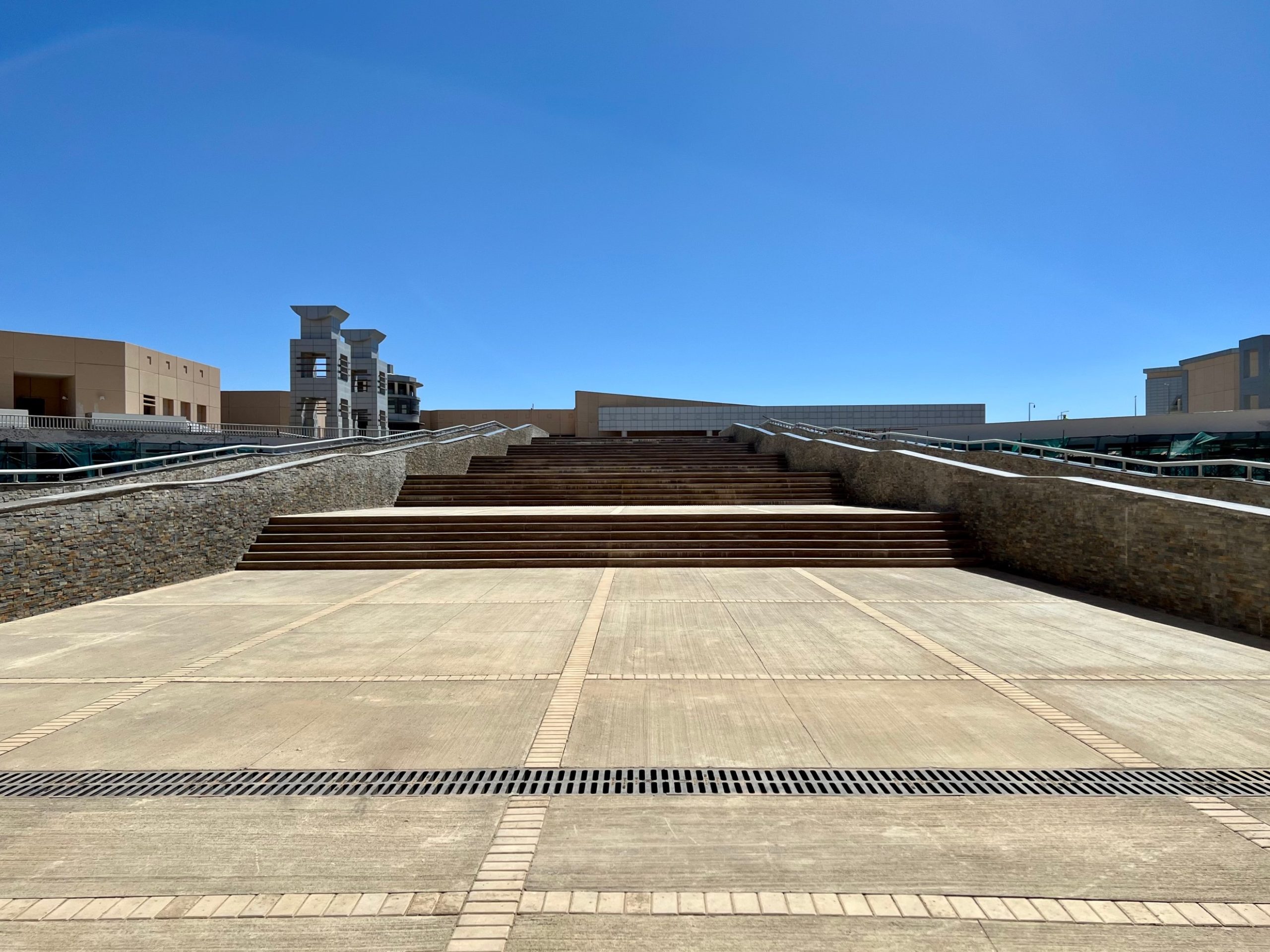





A large dome covers the lobby of the King Khalid University Hospital. Domes are not just pretty architectural features—they also carry cultural and religious meanings. As a symbolic representation of the vault of heaven, the dome reflects the values and heritage of the Arab region. Also, its spherical form reduces its exposure to the sun, which results in lesser heat absorption.



Another special opportunity I had during my time in Asir was the chance to attend a celebration hosted by the Abha Football Club (i.e., soccer club). The professional club’s team is currently competing in the Saudi Pro League, the top tier of football in the Kingdom. In the past several years, some of the most well-known figures in the sport have come to compete in Saudi Arabia’s domestic league. It is becoming a global hub for the sport.

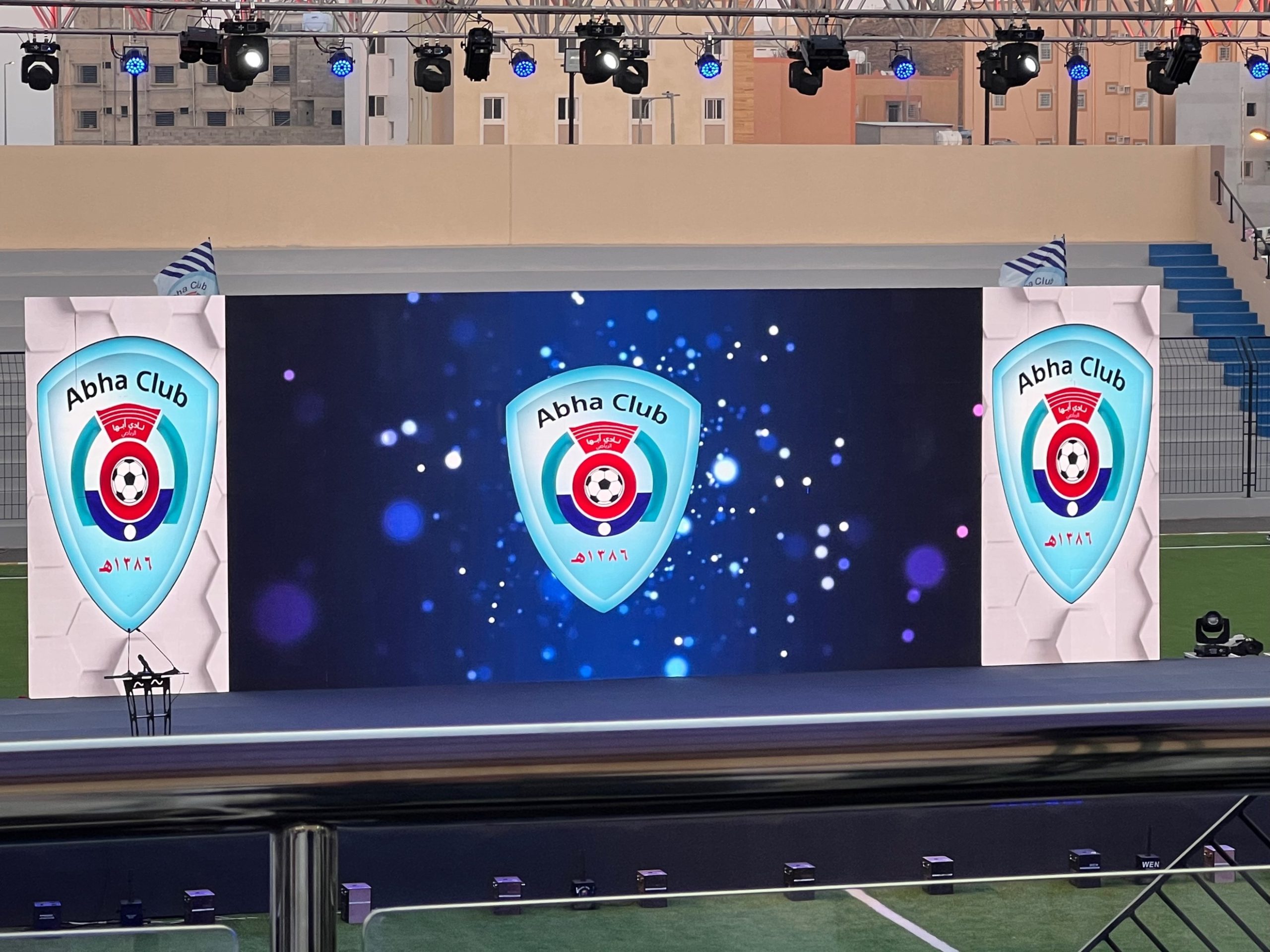
Spring in Saudi Arabia’s deserts and plateaus brings forth vegetation the color of lavender. Ceremonial carpets in Saudi Arabia are lavender with a geometric design that evokes the traditional weaving of Al Sadu. In Arabic, Al Sadu means weaving done in a horizontal style. The traditional practice by Bedouin women has been inscribed on UNESCO’s List of the Intangible Cultural Heritage of Humanity.
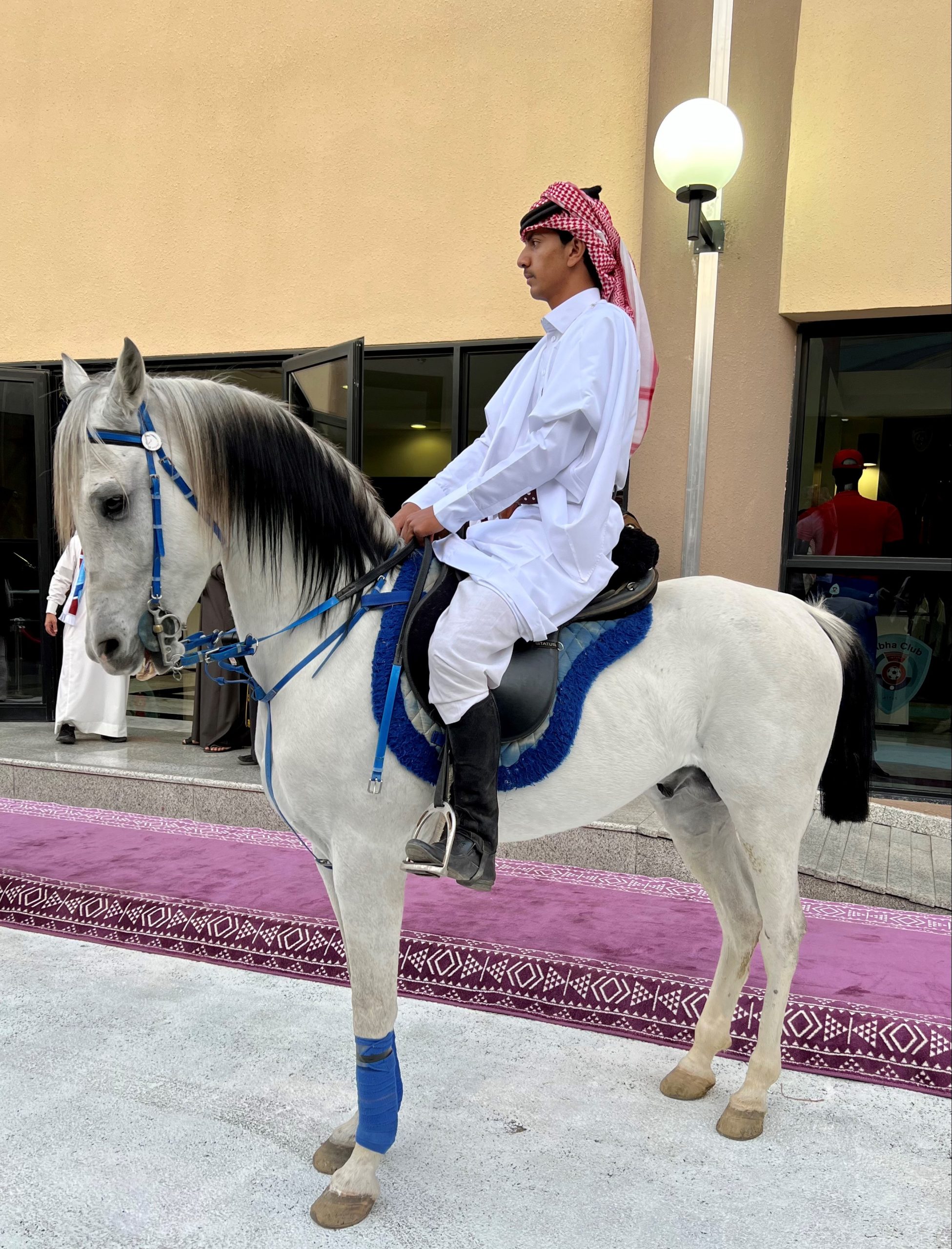
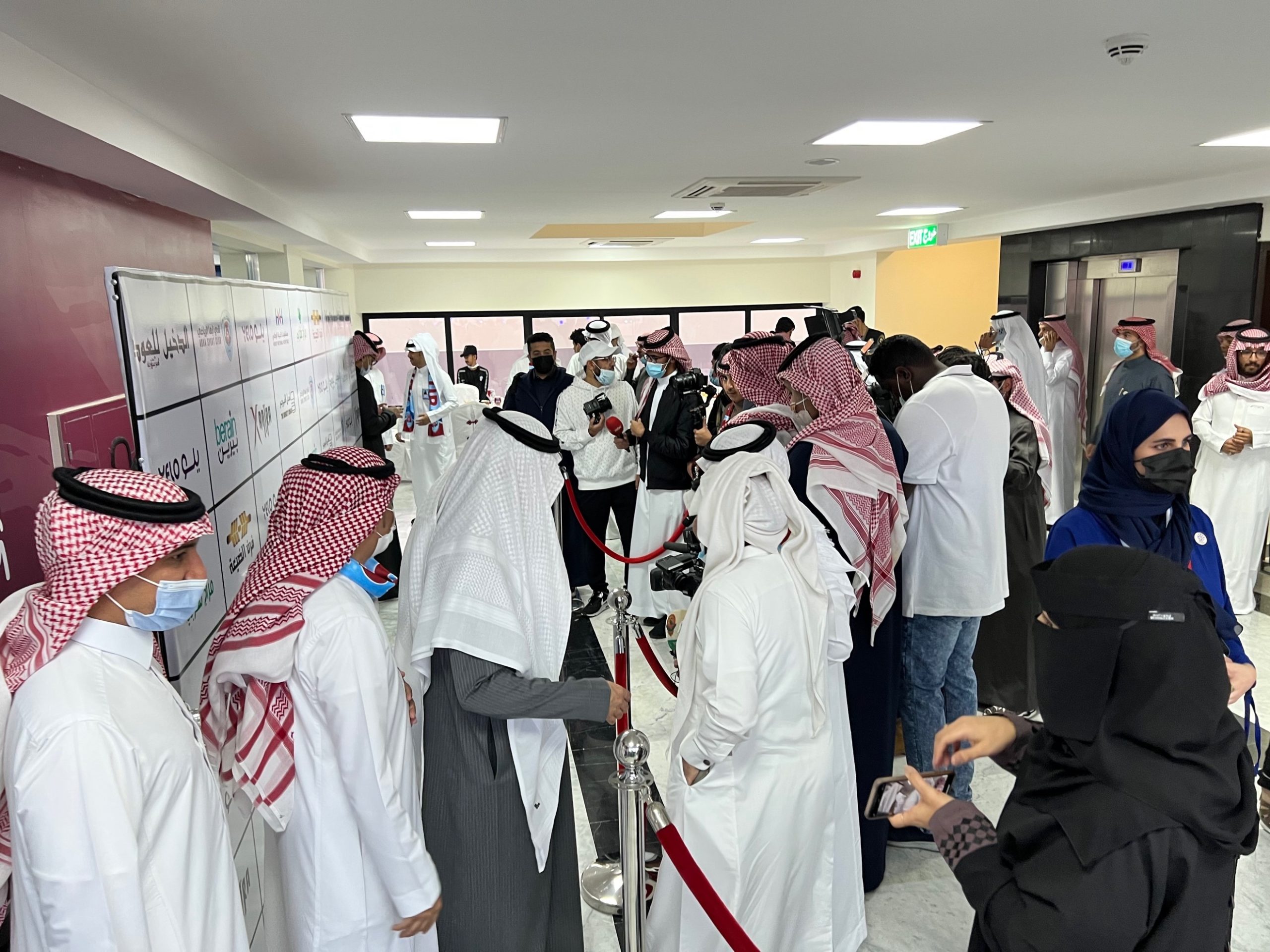





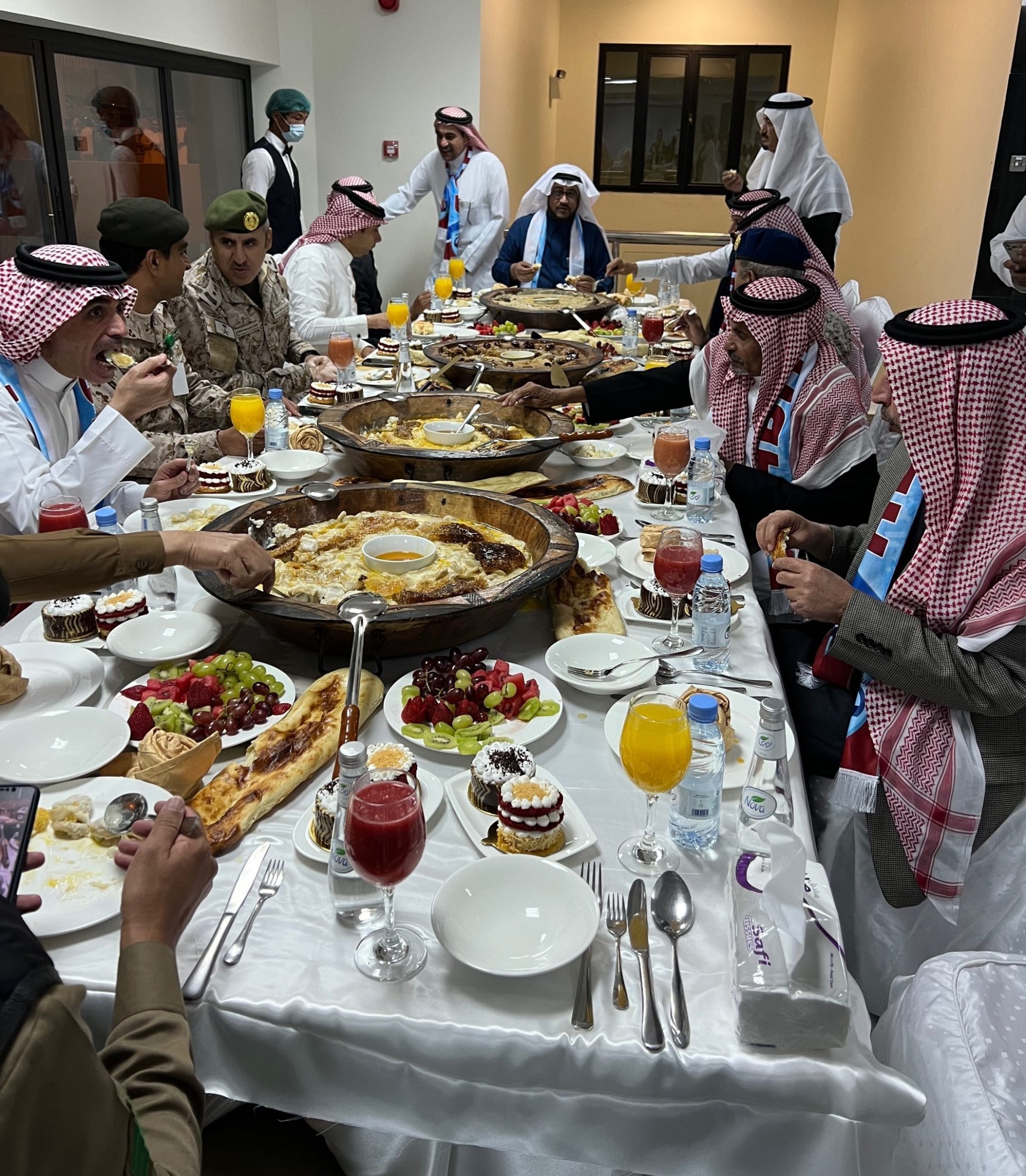
Despite the chilly mountain air, seeing the spirit of community that rallied around Maha, the ambition for a brighter future through investment in education, and the joy of coming together to celebrate in shared experiences around athletics, my time in Asir filled me with warmth.
